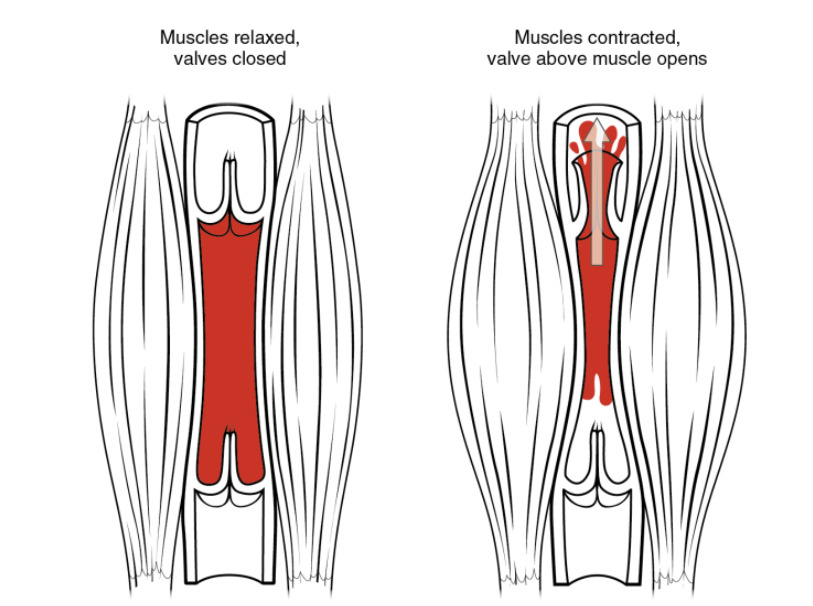Playlist
Show Playlist
Hide Playlist
Isometric and Isotonic Resistance Exercise – CV Response to Exercise
-
Slides CVresponse VascularPhysiology.pdf
-
Download Lecture Overview
00:00 The Effect of Exercise on the Cardiovascular System. We're going to go through two different types of exercise, one is isometric and the other is aerobic. Between these two types of exercises, we'll be able to elicit different changes in the cardiovascular system. Let's start off with isometric exercise. Isometric exercise changes muscle blood flow. So here you get a decrease in muscle blood flow to the working muscle as well as decreases in muscle blood flow throughout the body. The reason for these responses are different. The one where you're constricting a certain muscle bed, the increase in muscle contraction creates enough pressure to decrease the ability for that flow to go through the capillaries while throughout the rest of the body this is a sympathetic nervous system response causing the alpha-adrenergic vasoconstriction. Now during the post exercise period, there is a large increase in blood flow and we call that a reactive hyperemia. So when you finally release the constriction, the area of working muscle blood flow increases. There are also decreases in blood flow to both the splanchnic and the renal vascular beds. These are very important because these two vascular beds compose about 50% of cardiac output. So you have some large reservoirs that you can tap into to start shunting blood to another locale. So between the change in muscle blood flow, renal blood flow and splanchnic blood flow, the end result is an increase in systemic vascular resistance. This increase in resistance increases blood pressure. There is also a corresponding increase in heart rate. Now if you increase heart rate with the same stroke volume, that would increase cardiac output. Increase in both cardiac output and systemic vascular resistance should change blood pressure. This is the response to isotonic resistance exercise. With isotonic resistance exercises is isometric exercise that is done intermittently. So isometric is constriction only with no movement. Isotonic is you are constricting the same weight multiple times. There are similar changes in isotonic resistance exercise as isometric. There are increases in heart rate, systemic vascular resistance, muscle blood flow. Those are very very similar. One thing that's a little bit different is that there is this increase in blood flow throughout each individual constriction or contraction of the muscle. So it gives this periodic increase-decrease, increase-decrease, increase-decrease throughout the exercise. Every time you constrict you reduce flow, every time you relax you increase flow. Then the same thing that happens with isometric exercise. Once you are done with the exercise bout itself, you have an engorgement of blood flow into the active muscle and that causes an active hyperemia.
About the Lecture
The lecture Isometric and Isotonic Resistance Exercise – CV Response to Exercise by Thad Wilson, PhD is from the course Vascular Physiology.
Included Quiz Questions
Which of the following cardiovascular changes occurs during isometric muscle contraction?
- Decreased splanchnic blood flow
- Increased blood flow in the working muscles
- Increased parasympathetic nervous system activity
- Reactive hyperemia
- Decreased systemic vascular resistance
Which of the following is different between isotonic and isometric muscle contractions?
- Mean blood flow to the contracting muscles
- Heart rate
- Systemic vascular resistance
- Force generation
- Sympathetic nervous system activation
Customer reviews
5,0 of 5 stars
| 5 Stars |
|
5 |
| 4 Stars |
|
0 |
| 3 Stars |
|
0 |
| 2 Stars |
|
0 |
| 1 Star |
|
0 |




